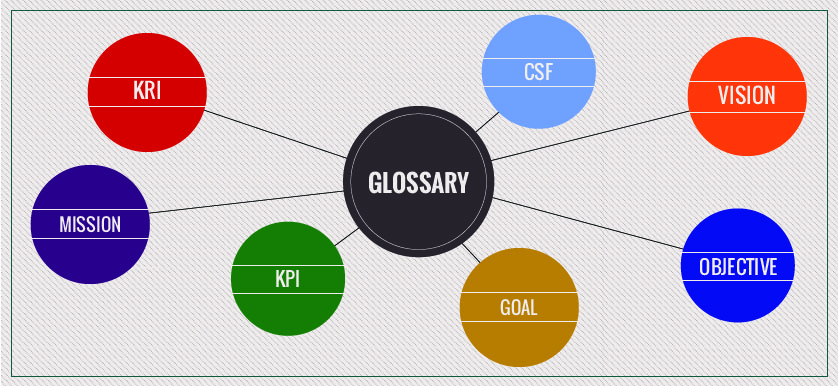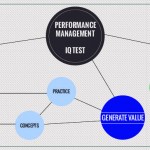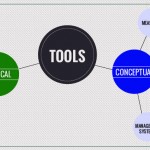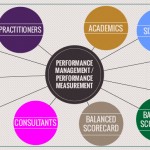The case for using a Performance Management Glossary
smartKPIs.com Performance Architect update 4/2010
Some of the most asked questions in performance management discussions, either online or during conversations are:
- What is the difference between a mission and a vision?
- What is a KPI? How is it different from a measure?
- What is the difference between Key Success Factors and Key Results Indicators?
They are generally centered on clarifying terms such: Mission Statement, Vision Statement, Goal, Objective, SMART Objective, Critical Success Factor (CSF), Value Driver, Key Result Indicator (KRI), Metric, Performance Measure, Performance Indicator, Key Performance Indicator (KPI), Initiative and Milestone.
It is a positive thing to ask such questions and engage in discussions to clarify them. It is surprising how many different views are expressed on the similarities or differences between these terms.
What is interesting is that generally such discussions take place outside organizational boundaries. It is as if within organizations it is expected that staff have an understanding of them. Or as if such discussions are intentionally avoided within organizations.
The logical deduction is that if such discussions take place outside organizational boundaries, staff still have a need to clarify such concepts that is not fulfilled internally.
While this cross-polenization of opinions helps in building an informed view at individual level, in an organizational context things are different. While diversity of views is welcomed, a united common understanding of key terms used across the organization enables good internal communication. It also helps in understanding strategy and the contents of performance management reports.
However, glossaries of terms are rather the exception than the norm in the use of performance management systems. This is rather surprising considering that the expected benefits to effort ratio is one of the highest of all the components of a system.
The possible benefits of using them are:
- Conceptual clarity – Facilitate a clear understanding of the nuances of the cluster of performance management concepts
- Alignment of corporate vocabulary – Provide a single point of reference to clarify terminology used across the organization
- Building perspective – Paints a rich picture of available elements to be used as part of the performance management system and raise questions about the relationship between them.
The effort should be minimal as generally such glossaries average 50-80 terms, with 1-2 paragraphs of explanation each.
One of my favorite examples illustrating the importance of clarifying concepts through a glossary is the TOGAF 9 manual, containing The Open Group Architecture Framework (The Open Group, 2009). In version 8.1.1 of the manual, the glossary was a component of the Resource Base (additional to the manual itself). In the latest edition (9), the glossary is incorporated in Part 1: Introduction. It represents the third chapter of this part, following the Executive Overview (Chapter 1) and the clarification of core concepts (Chapter 2). The glossary is not considered an appendix anymore, but an important component of the manual, included in the introduction part, to facilitate the understanding of the rest of the manual.
Perhaps performance management implementations should have a similar approach, by considering the glossary not a nice to have, but a key initial step.
Ultimately, not what is written matters, but what and how is understood and used. However, every little bit of help in building clarity and alignment helps. While strategy management is compared to a safari in a savanna (Mintzberg et al, 2005), finding one’s way in performance management is more like an expedition in a jungle. The abundance of theories, frameworks, concepts and terms is much denser and requires a wider skill set to navigate. Performance Management glossaries have the potential to act as attenuators in reducing complexity. Ultimately it is all about getting smarter as the level of complexity increases.
Stay smart! Enjoy smartKPIs.com!
Aurel Brudan Performance Architect, www.smartKPIs.com
References- Mintzberg H., Lampel J., Ahlstrand B., (2005), “Strategy Safari: A Guided Tour Through The Wilds of Strategic Management”, London, UK, Financial Times-Prentice Hall
- The Open Group (2009), “TOGAF version 9“, Van Haren Publishing, Zaltbommel

Tags: Aurel Brudan, Key Results Indicators, Key Success Factors, Performance Architect Update, SMART Objective, The Open Group, TOGAF





